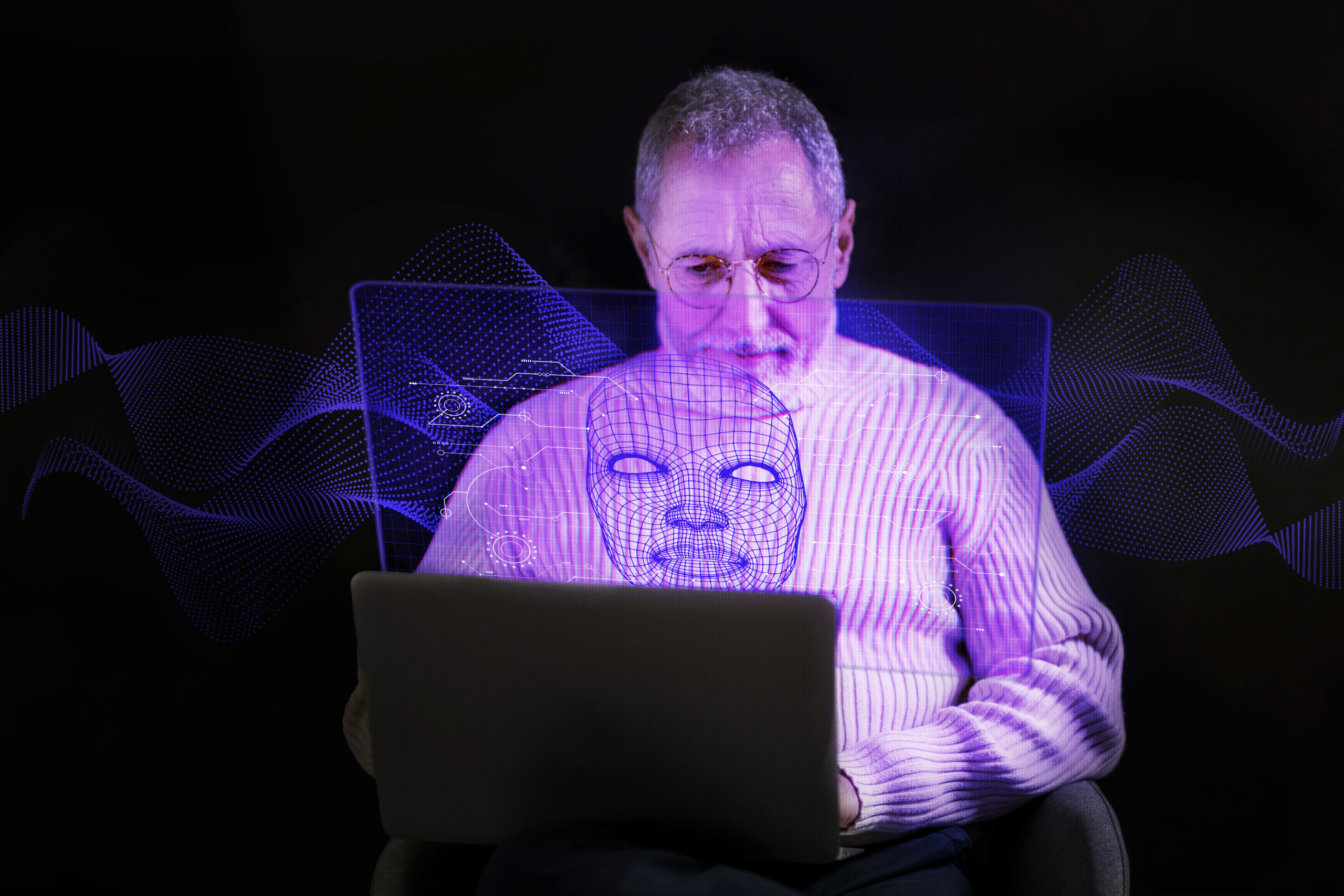With the rapid growth of AI, there’s a lot of fear surrounding its consequences. But instead of focusing on the risks, let’s look at how AI is actually strengthening cybersecurity.
Cyber threats are evolving at an unprecedented rate, making traditional security measures less effective.
Fortunately, AI is stepping in as a game-changer, enhancing the way businesses and individuals protect their data and systems.
1. AI in Threat Detection and Prevention
Traditional cybersecurity systems rely on predefined rules, which means they struggle to detect new and sophisticated attacks.
AI, however, excels at pattern recognition and anomaly detection. By analyzing massive datasets in real time, AI-powered security systems can:
- Identify unusual activity before it escalates into an attack.
- Detect emerging threats without relying on pre-set signatures.
- Reduce false positives by distinguishing between real threats and normal behavior.
2. Automating Threat Response
AI doesn’t just identify threats – it also helps automate responses to cyberattacks. AI-driven security systems can:
- Isolate compromised devices to prevent the spread of malware.
- Block suspicious IP addresses before they can cause harm.
- Alert security teams instantly, allowing for quick action.
This level of automation ensures that responses to threats are faster and more effective than manual intervention.
3. Fighting AI-Powered Cybercrime
Cybercriminals are also using AI to launch advanced attacks, such as:
- AI-generated phishing emails that mimic real communications.
- Malware that adapts in real time to avoid detection.
- Automated brute-force attacks that crack passwords faster than ever.
To counter this, cybersecurity professionals must leverage AI-driven defense strategies to stay ahead.
4. Reducing False Positives with AI
One of the biggest challenges in cybersecurity is alert fatigue – when security teams receive so many false alarms that real threats go unnoticed. AI enhances security operations by:
- Prioritizing genuine threats over false positives.
- Learning from past incidents to improve accuracy.
- Helping security teams focus on high-risk alerts instead of sifting through irrelevant warnings.
Related: 5 Common Cybersecurity Mistakes
5. AI and Human Expertise: A Powerful Combination
While AI is transforming cybersecurity, it isn’t a replacement for human expertise. The best defense combines AI’s speed and efficiency with human intuition and decision-making. Security professionals use AI tools to:
- Gain deeper insights into potential threats.
- Strengthen proactive security measures.
- Make informed decisions based on AI-generated data.
6. The Future of AI in Cybersecurity
AI-driven cybersecurity will continue to evolve, with trends such as:
- AI-powered identity verification to combat identity theft.
- Predictive threat intelligence to anticipate cyberattacks before they happen.
- Self-learning security systems that adapt to new risks in real time.
As cyber threats grow more complex, AI will play an even greater role in ensuring data protection and digital security.
Related: Future of Cybersecurity: Trends to Watch in 2025
Conclusion
Leveraging AI-driven security solutions, businesses can proactively detect, respond to, and prevent attacks more efficiently than ever before. However, the key to success lies in balancing AI automation with human intelligence, ensuring a secure digital landscape for the future.
FAQs
1. Can AI completely eliminate cyber threats?
No, but it significantly enhances threat detection and response, making attacks less effective.
2. Is AI in cybersecurity only for large enterprises?
No, businesses of all sizes can use AI-driven security tools to protect their data.
3. How does AI detect cyber threats?
AI analyzes patterns, behaviors, and anomalies to identify potential security breaches.
4. Can AI prevent phishing attacks?
Yes, AI can detect phishing emails by analyzing sender behavior, language patterns, and known attack methods.5. What’s the biggest challenge in AI-powered cybersecurity?
Keeping up with AI-powered cybercrime and ensuring AI models remain accurate and unbiased.


